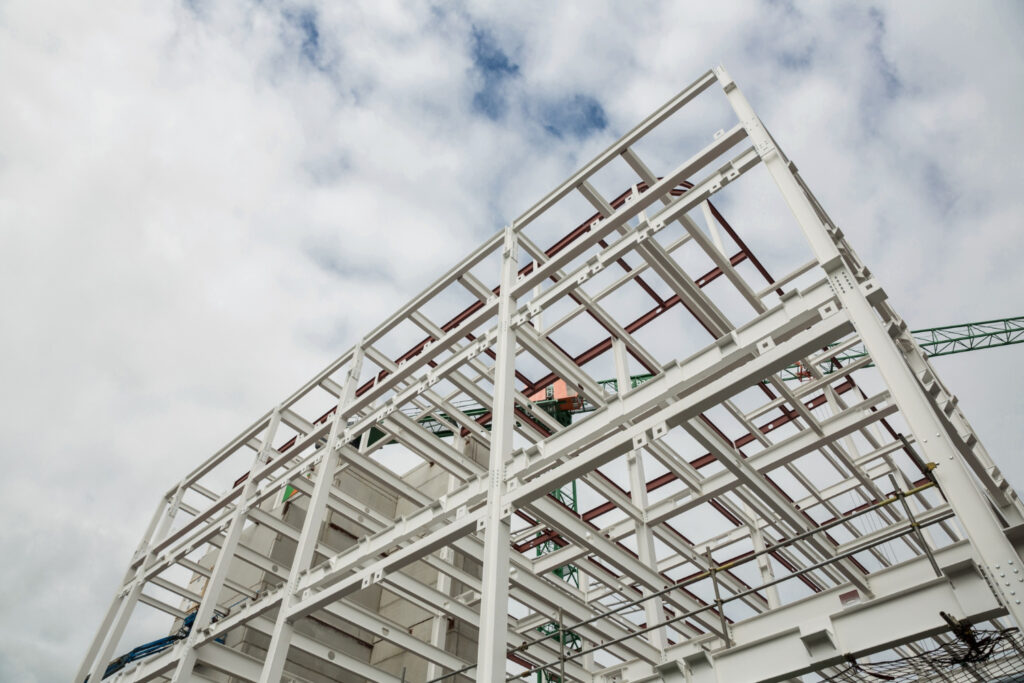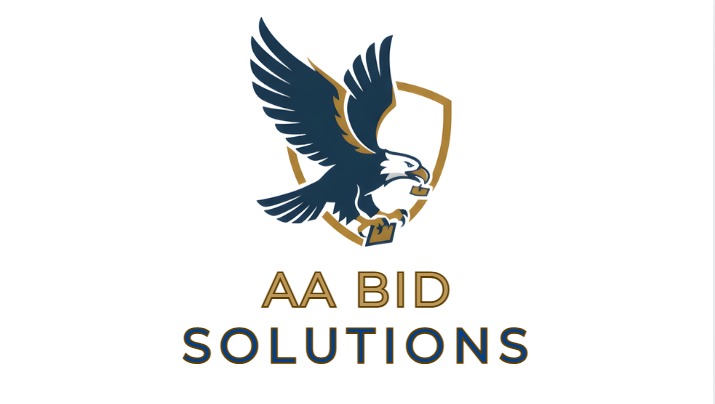Metal Framing
Home / Metal Framing
Metal Framing

Metal Framing Estimating: Strength in Every Structure
Metal framing estimating is crucial for projects that rely on durability, precision, and structural integrity. Accurate estimates ensure proper allocation of materials, labor, and costs—keeping projects efficient and on budget.
Understanding Metal Framing Estimating
Metal framing estimating involves forecasting the costs and resources needed for steel and light-gauge framing in construction. From commercial buildings to residential projects, it provides a clear breakdown of what’s required to build strong and reliable structures.
Why it matters: With rising material costs and the importance of precision, accurate estimates prevent overspending, material waste, and delays.
Key Components of Metal Framing Estimating
Material Quantities: Studs, tracks, fasteners, connectors, and accessories
Labor Requirements: Skilled workforce hours for framing installation
Equipment Needs: Tools and machinery required for cutting and assembly
Structural Details: Factoring load requirements and design specifications
Quality Standards: Ensuring compliance with codes and long-term durability
Steps in the Metal Framing Estimating Process
Review Project Plans – Analyze drawings and specifications
Measure Quantities – Calculate precise material requirements
Determine Labor & Equipment – Estimate skilled workforce and tool needs
Apply Pricing – Use current market rates for materials and labor
Finalize & Verify – Ensure accuracy and compliance with project goals
Why Accurate Metal Framing Estimating Matters
Professional metal framing estimates provide:
Cost Control: Preventing overspending on materials and labor
Efficiency: Streamlining workflow and avoiding project delays
Reliability: Ensuring strong, code-compliant, and lasting structures

